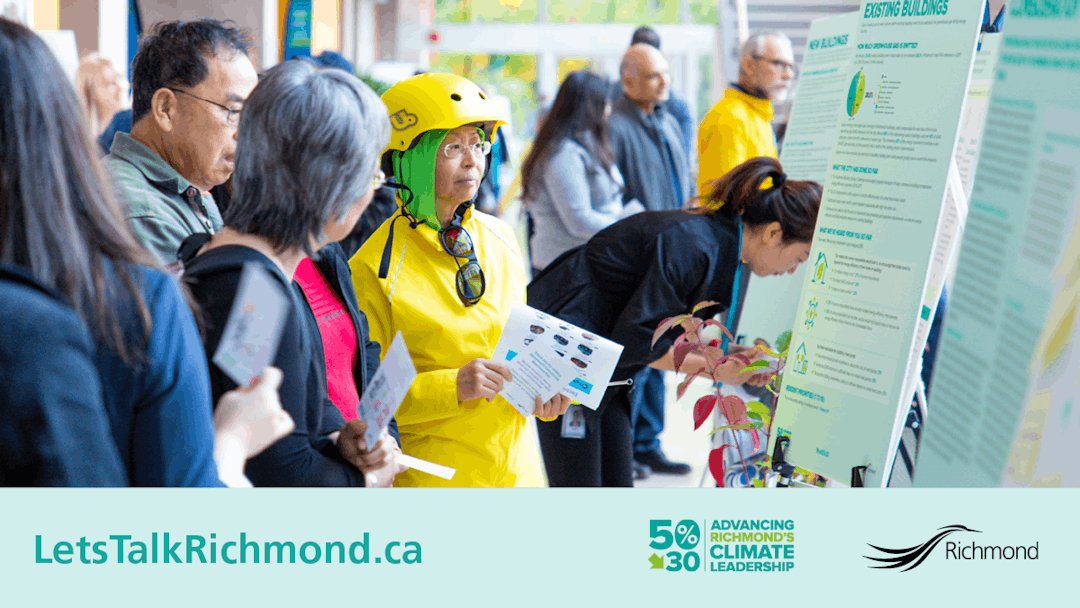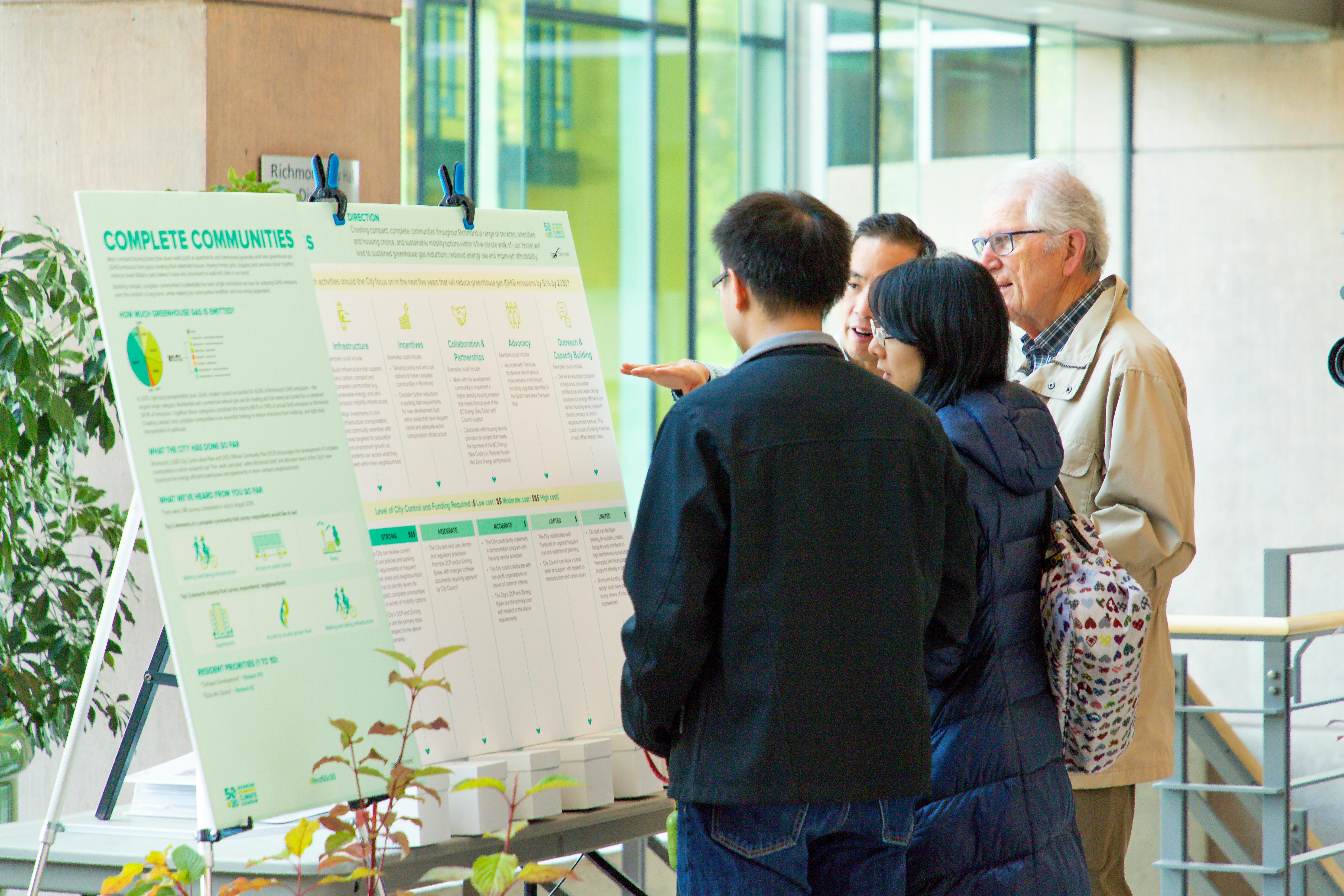Advancing Richmond's Climate Leadership - Phase II

This project is now closed. Thanks for your participation.
~~~~~~~~~~~~~~~~~~~~~~
Thanks for dropping by. Your feedback is valuable to us. The deadline to send us your thoughts is on Sunday, November 17, 2019 at 11:59 p.m.
In response to the United Nations’ Intergovernmental Panel on Climate Change’s (IPCC) recent report on limiting global warming to 1.5°C above pre-industrial levels, the City has set the target of reducing greenhouse gas (GHG) emissions in Richmond by 50% by 2030.
With your help, we will be updating the Community Energy and Emissions Plan, and ensure that Richmond continues to be a liveable, healthy and safe community.
What is the City of Richmond focusing on to reduce GHG emissions?
In the short term, the City of Richmond will need to focus on decarbonizing existing buildings by working with utility companies, and with provincial and federal governments to encourage homeowners and businesses to electrify their heating systems, rather than using fossil fuels such as natural gas. Similarly, it is anticipated that personal and heavy-duty vehicles will increasingly use electricity for power over this period.
Over the medium- to long-term future, GHG reductions will increasingly come from the results of current planning for complete communities, and from investments made in active mobility and transit infrastructure. These changes in urban form will increasingly change how people get around, live and recreate. Complete communities will also affect transit services—services that will be more frequent due to increased demand. Over this period, increased green infrastructure throughout the city, as well as waste reduction and circular economy initiatives will also result in reduced net GHGs.
What would you like me to do?
Choose your top three activities that you think the City of Richmond should pursue under each opportunity identified that will help reduce Richmond's GHG emissions by 50% by 2030. These opportunities are:
- Complete Communities
- Existing Buildings
- New Buildings
- Transportation - Walk/Roll/Cycle
- Transportation - Transit
- Transportation - Electric Vehicles (EVs)
- Green Infrastructure
- Waste Management and Circular Economy


